Visitors to Corpus Christi beaches got more than they bargained for recently when venomous fireworms started showing up along the shoreline.
The Harte Research Institute quickly issued warnings about these spiky visitors, describing them as “potentially very harmful” due to their venomous nature and painful stings.
A Clear and Present Danger
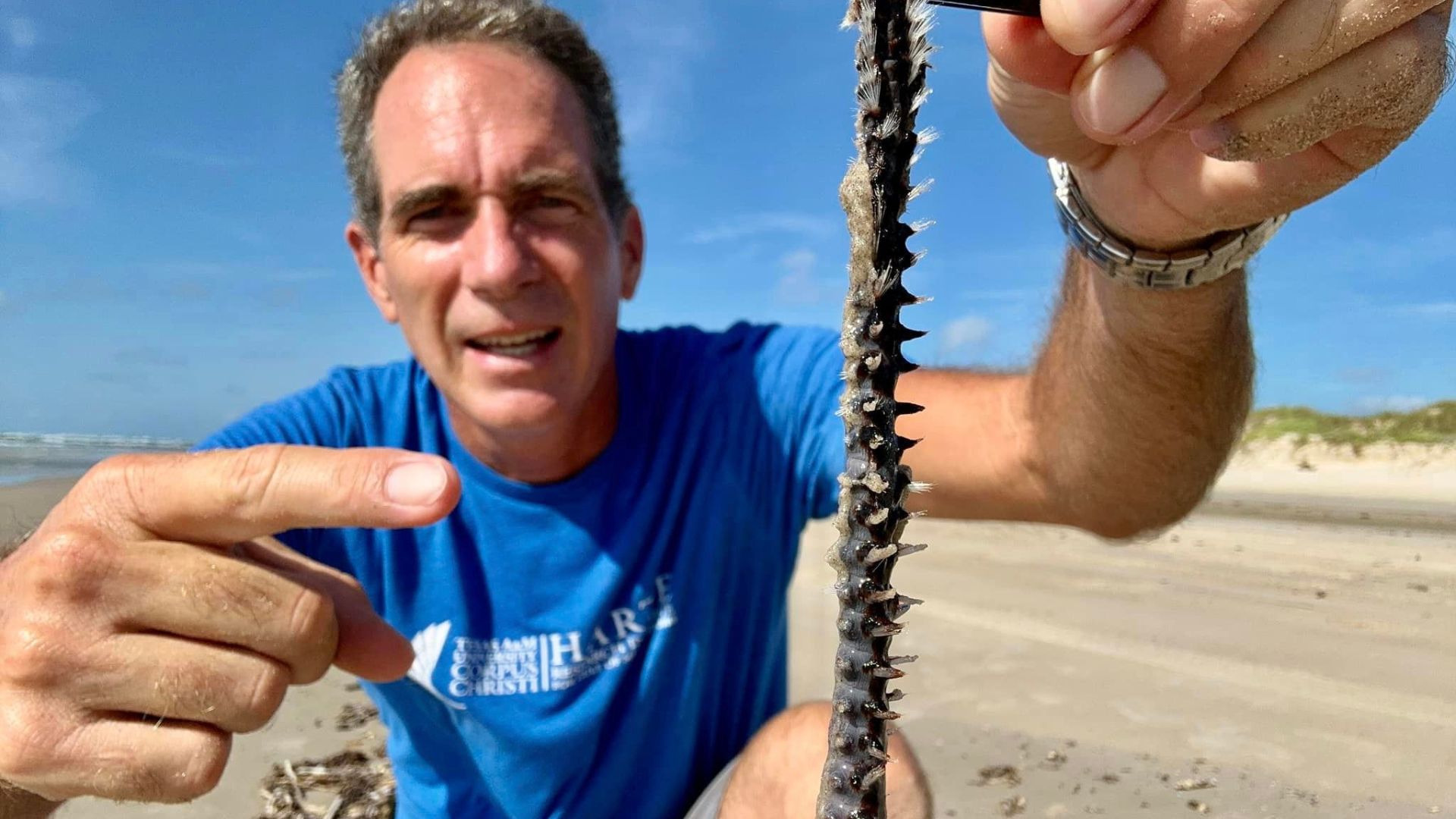
“WARNING!!! Your worst nightmares are washing up right now in the form of fireworms!”
This Facebook post from the Harte Research Institute has kicked up the level of caution among beachgoers, reminding everyone to watch their steps closely.
Getting to Know the Fireworm
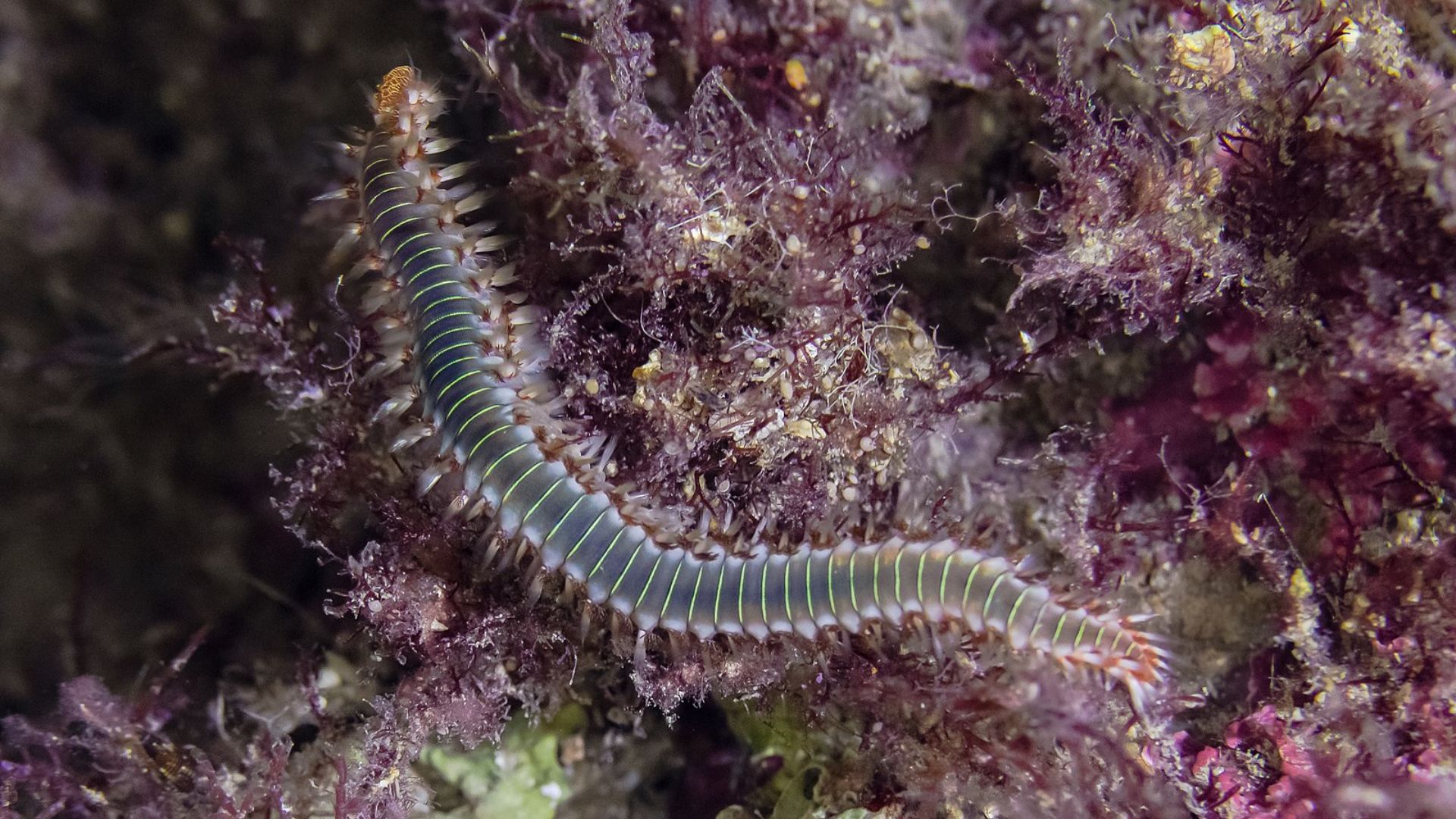
These aren’t your everyday beach finds.
Fireworms, or bristle worms as they’re sometimes known, carry venom-filled bristles that cause intense pain on contact. Their unique and painful sting has made them a top concern for anyone planning a beach day.
Under the Microscope

Described by the National Park Services as having “tiny, needle-like spikes, each one filled with venom,” these worms pose a real threat.
This detailed information from FOX Weather helps beachgoers spot and avoid these hazardous creatures.
The Sting That Burns
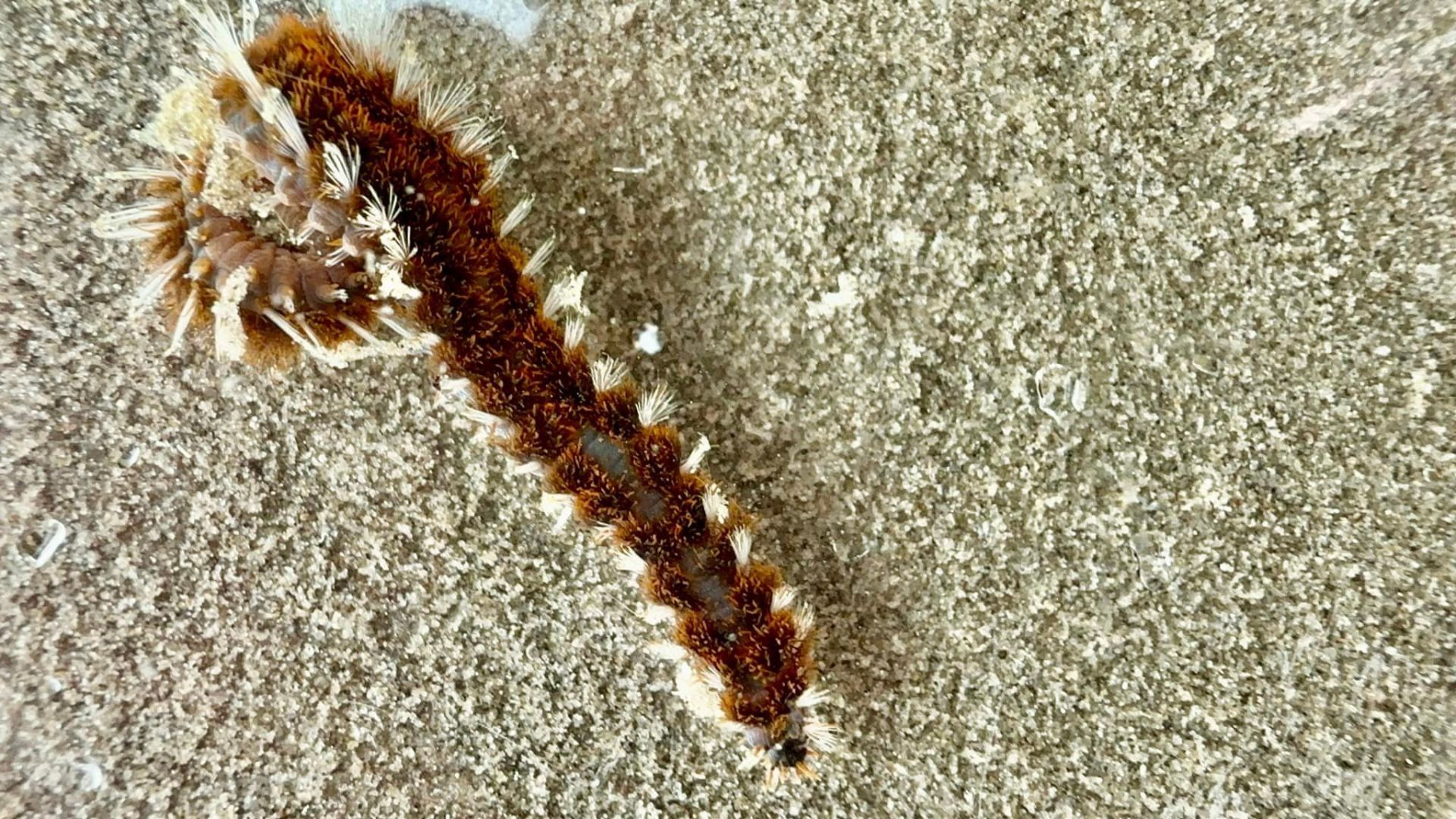
A brush with a fireworm can leave you in hours of pain.
Their bristles release neurotoxins as a defense mechanism, which unfortunately also means agonizing pain for unsuspecting humans who touch them.
After the Sting
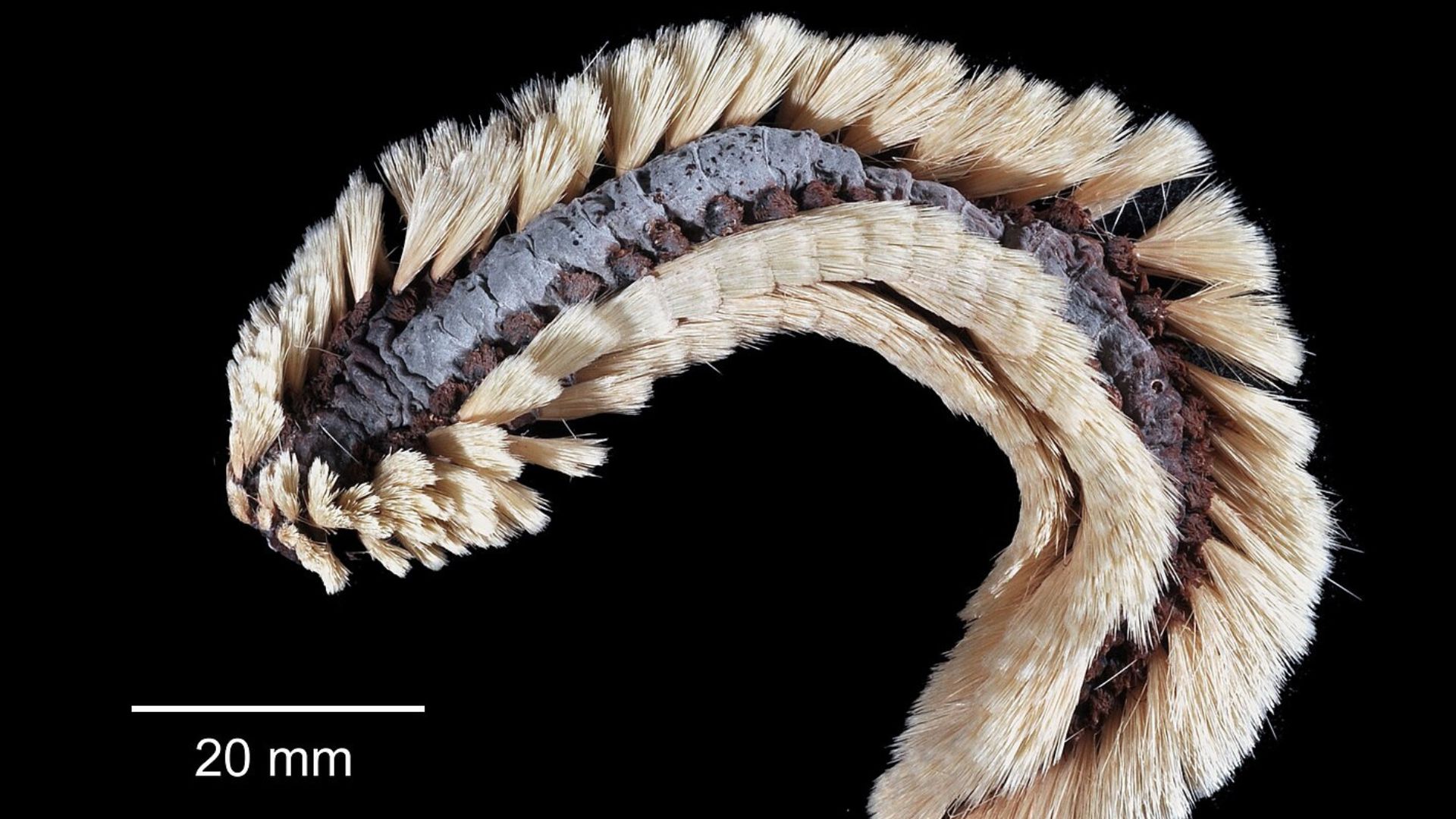
“The sting site can feel sensitive for weeks,” notes the Harte Research Institute on Facebook.
This highlights just how much of a nuisance these stings can be, long after the initial pain fades.
Unusual Findings
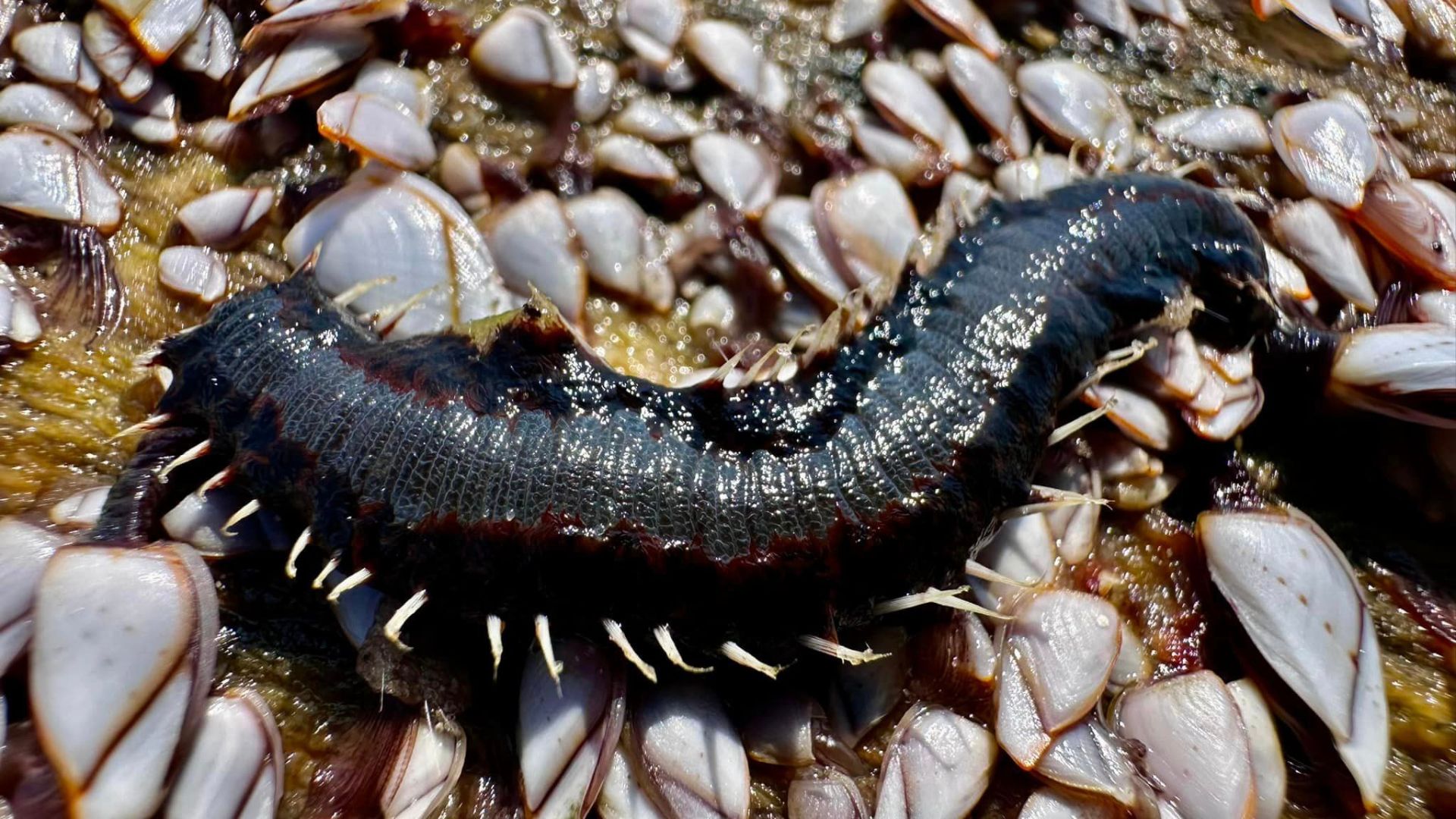
Interestingly, these worms have been spotted on logs covered in gooseneck barnacles.
This could indicate that fireworms use these logs not just for transport but as a food source, providing a glimpse into their role in the marine ecosystem.
Practical Advice for Sting Victims
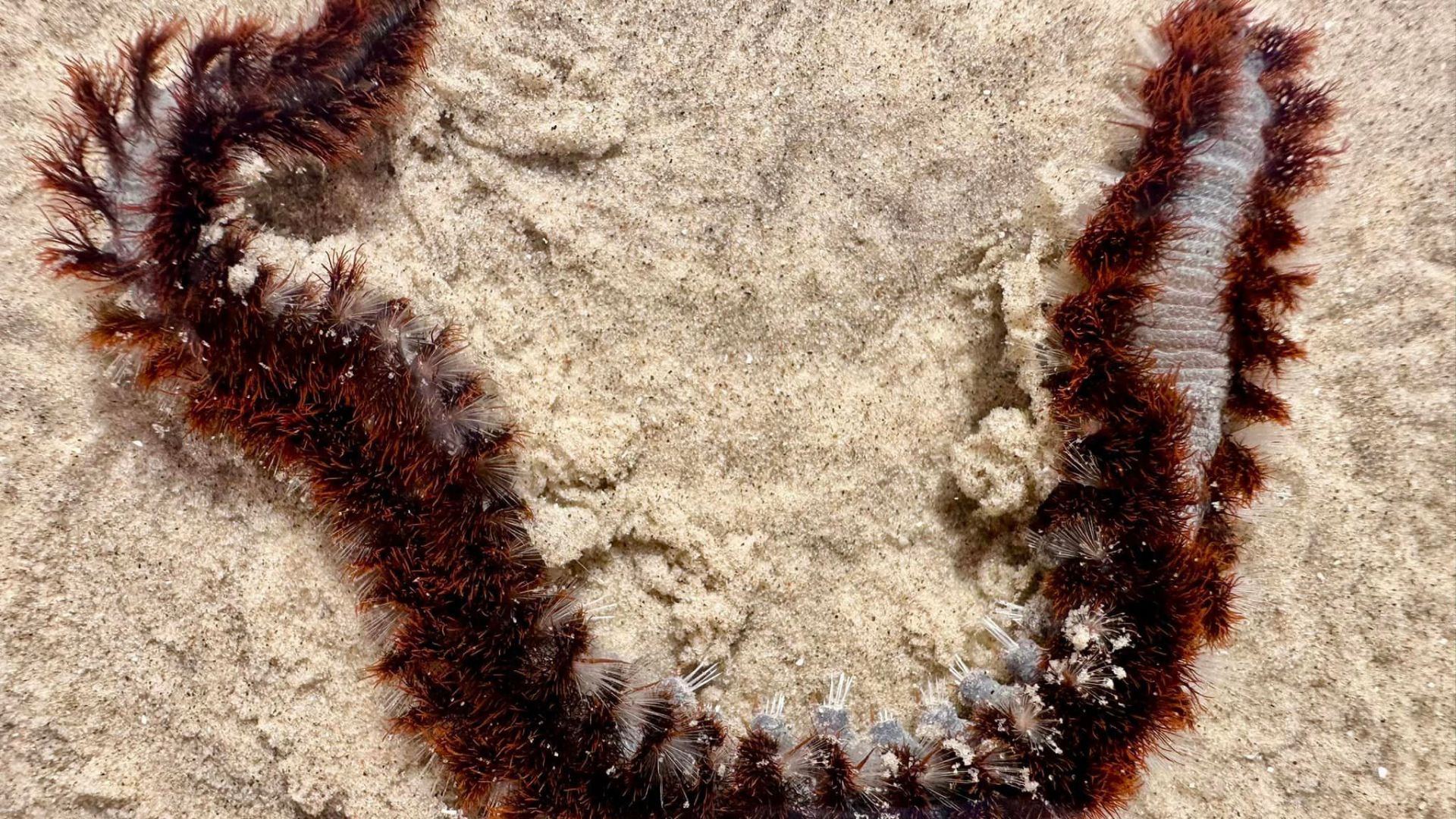
If you do get stung, the National Park Services recommends using adhesive tape to remove the bristles.
This practical piece of advice is critical for dealing with the immediate effects of a fireworm sting effectively.
Beyond Texas Shores
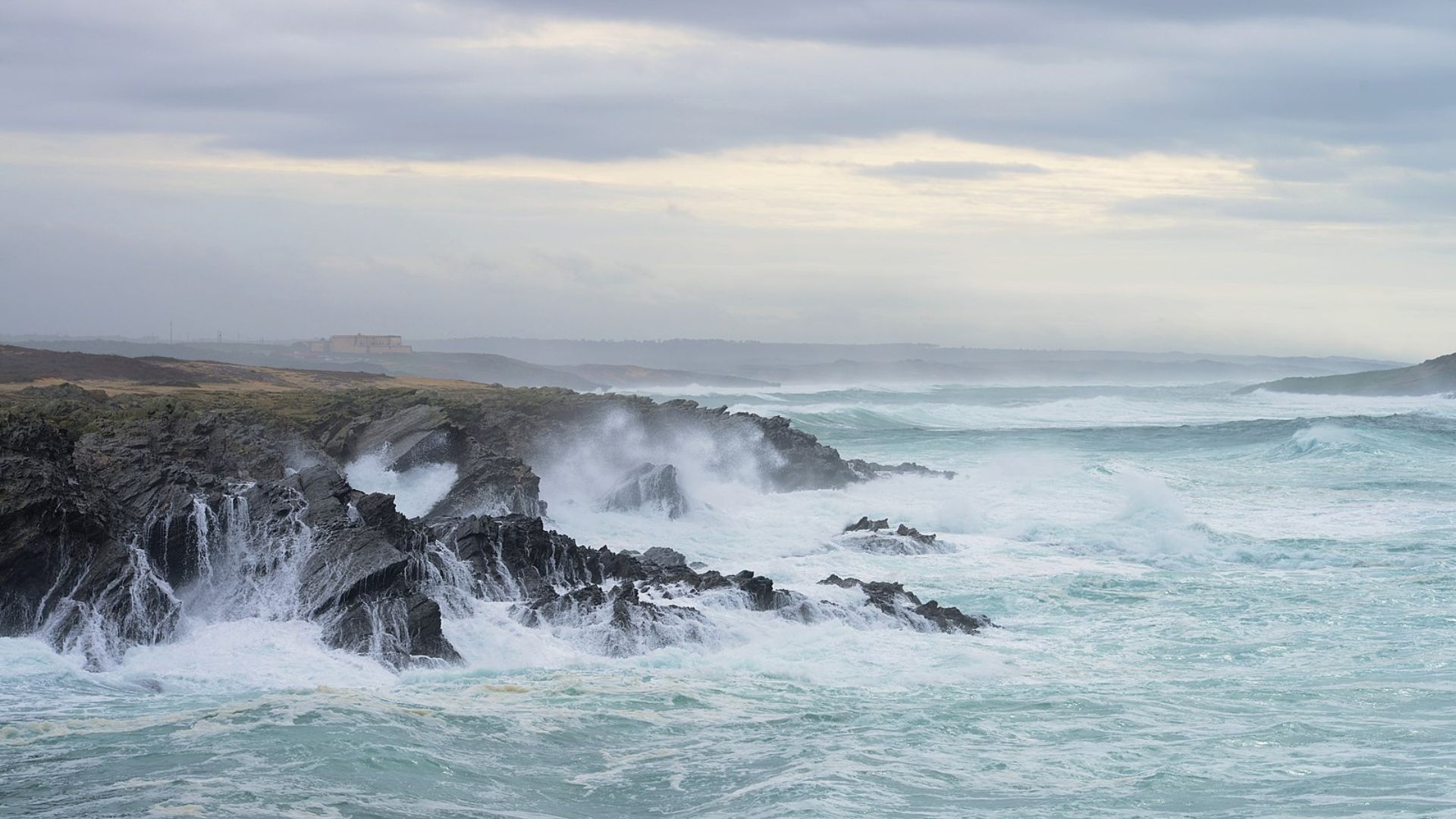
It turns out that fireworms aren’t just a Texas problem.
According to the Harte Research Institute, these creatures also inhabit areas across the Atlantic Ocean, Mediterranean Sea, and Gulf of Mexico, making them a concern in various marine environments.
What Fireworms Eat
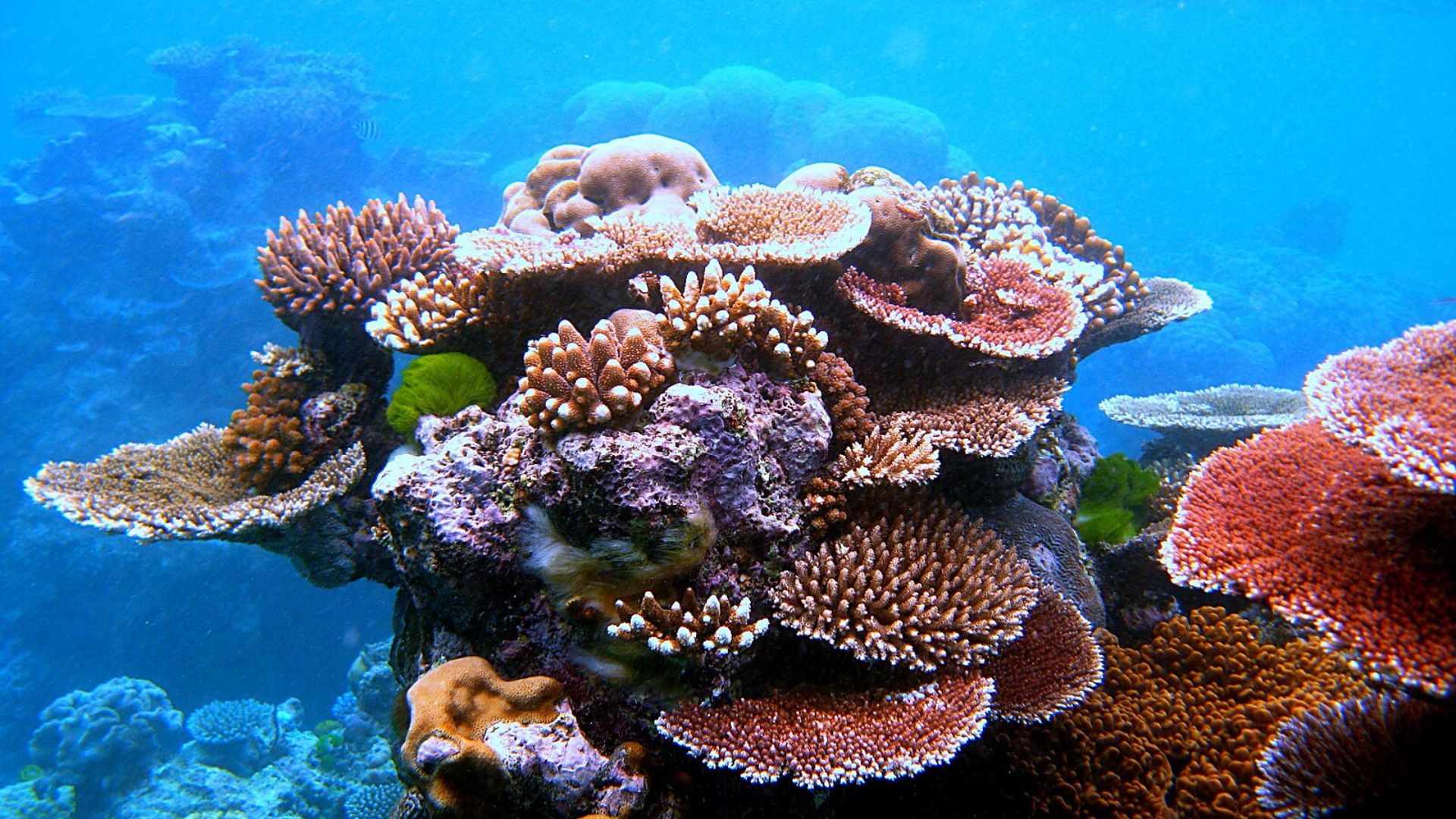
The diet of fireworms includes corals, anemones, and small crustaceans, such as gooseneck barnacles.
This predatory behavior is crucial for understanding their impact on marine biodiversity.
Community Reactions
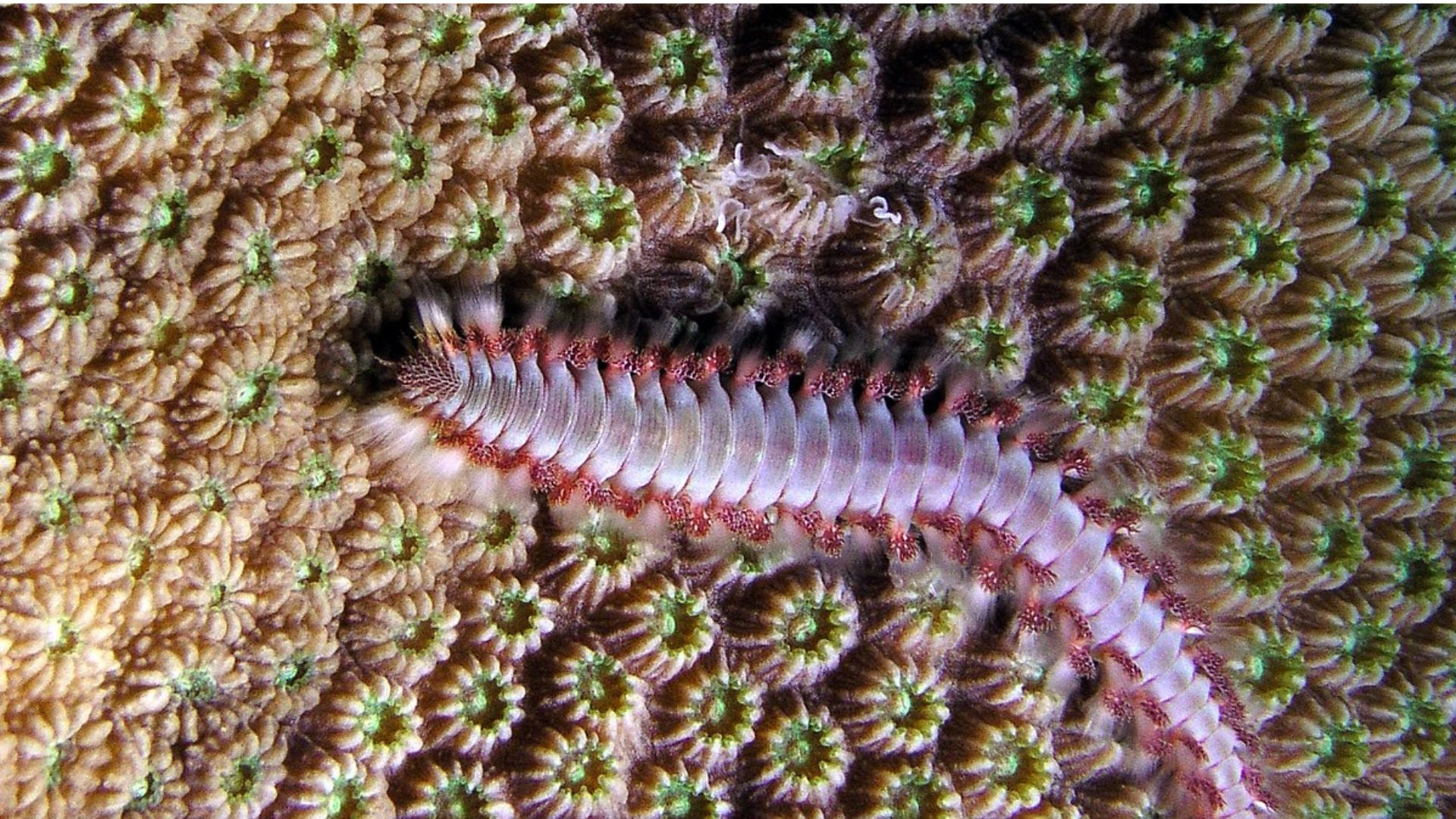
The reaction on social media has been a mix of gratitude and horror.
A telling comment on Facebook sums it up: “I could have gone my whole life without knowing these things exist.” Clearly, not everyone is thrilled about these marine invaders.
Commitment to Conservation

Since 2001, the Harte Research Institute has been at the forefront of efforts to protect the Gulf of Mexico, focusing on both educating the public about marine dangers like fireworms and enhancing overall marine safety and conservation.
Their ongoing work is vital for keeping both our waters and our beachgoers safe.
